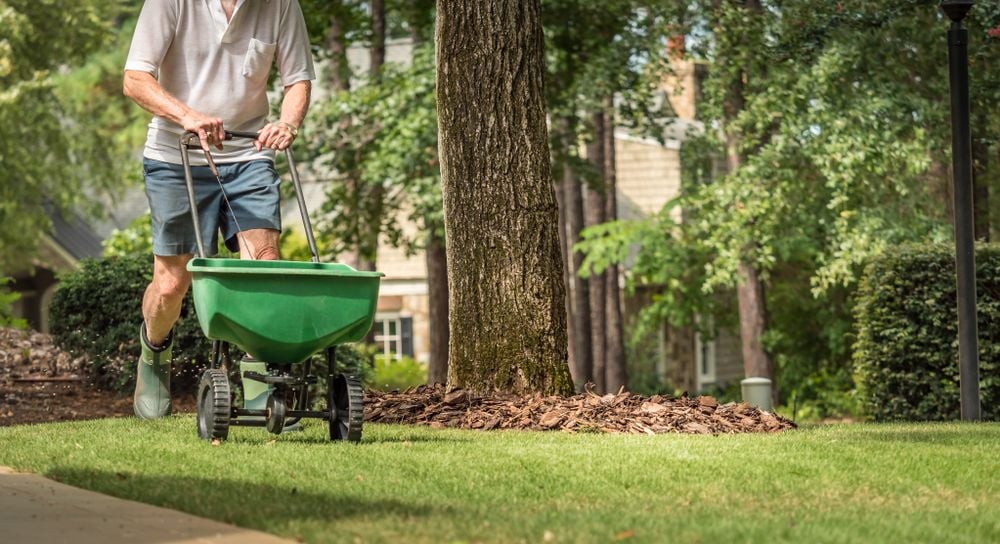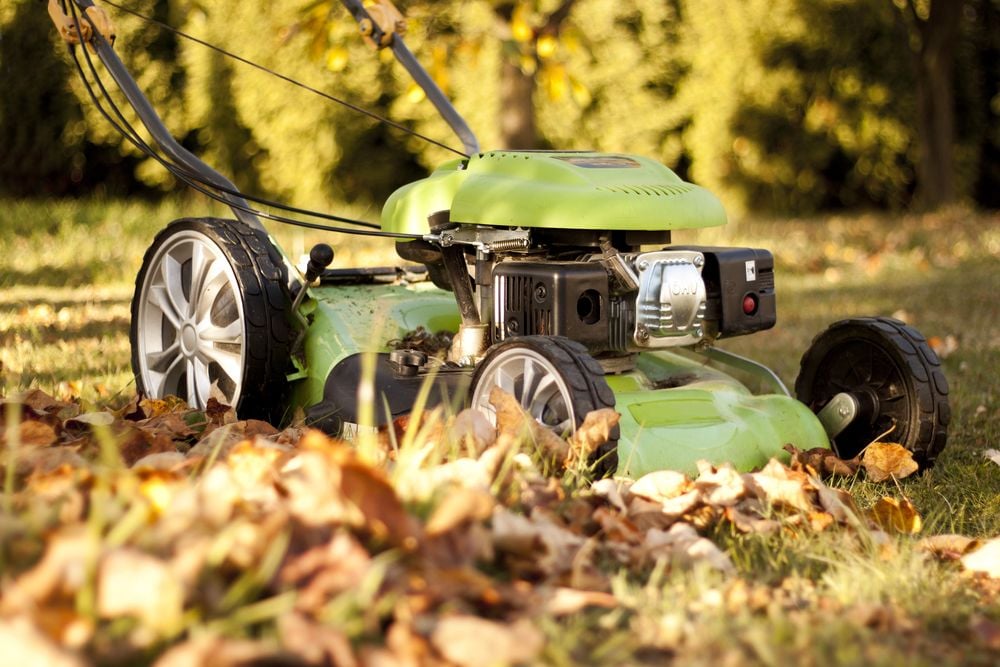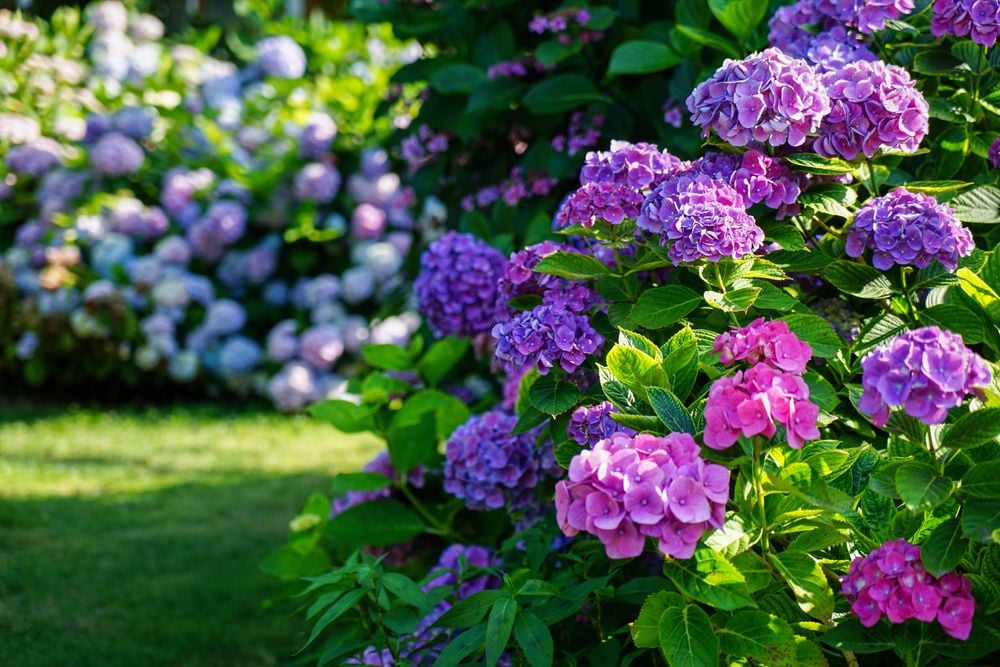
The Right Timing is Key for a Lush Lawn
- Jul 10, 2025
While a well-maintained lawn can greatly enhance the beauty of your home, knowing when to reseed your lawn is critical if you want to keep it looking healthy and green all year round. Experts caution against reseeding when conditions are not ideal. They suggest ensuring that you sow the seeds at the right time to avoid wastage and disappointing results.
Landscape contractor Coleman Cosby of Yardzen cautions against three specific periods when you shouldn't even consider reseeding your lawn. The height of summer, with its scorching sun, could lead to seed burn and lack of enough water, resulting in failed germination. Cosby also advises against reseeding in winter or early spring when temperatures are frigid and when heavy rainfall is likely, as both instances could lead to the seeds being swept away before they have a chance to grow roots.
Autumn offers a more favorable condition for reseeding as temperatures are milder, advising not to delay this process. According to Cosby, "You want your lawn seed to have enough time to germinate and establish roots during more favorable conditions." Waiting too long could risk the poor performance of germinated seeds due to freezing temperatures.
Timing also matters within the course of a single day. Sowing seeds under the blazing sun or when the soil is too dry can also be counterproductive. Cosby recommends reseeding your lawn either early in the morning or late in the afternoon, when conditions are more beneficial for seed germination.

Knowing the type of your grass can also help you in determining the optimal reseeding plan. Warm-season grasses like zoysia and Bermudagrass thrive better with late spring or early summer seeding, while cool-season grasses such as Kentucky bluegrass, fescues, and perennial ryegrass do well with late summer or early fall reseeding, reminds Christopher Roderick of The Grounds Guys.
Before reseeding your yard, it's also important to prepare your lawn properly. Ensuring the appropriate PH levels, dethatching, and aerating as needed will set your seeds up for success. As Cosby notes, "Reseeding is a bit like painting: the better the preparation of the surface you're applying to, the better the results."
Watering your newly reseeded lawn is also crucial - precluding it from drying out while also avoiding flooding. Cosby recommends keeping the soil moist at seed depth without drowning the seeds. The goal is to provide the perfect environment for your seeds to flourish, ensuring a lush and beautifully green lawn.






